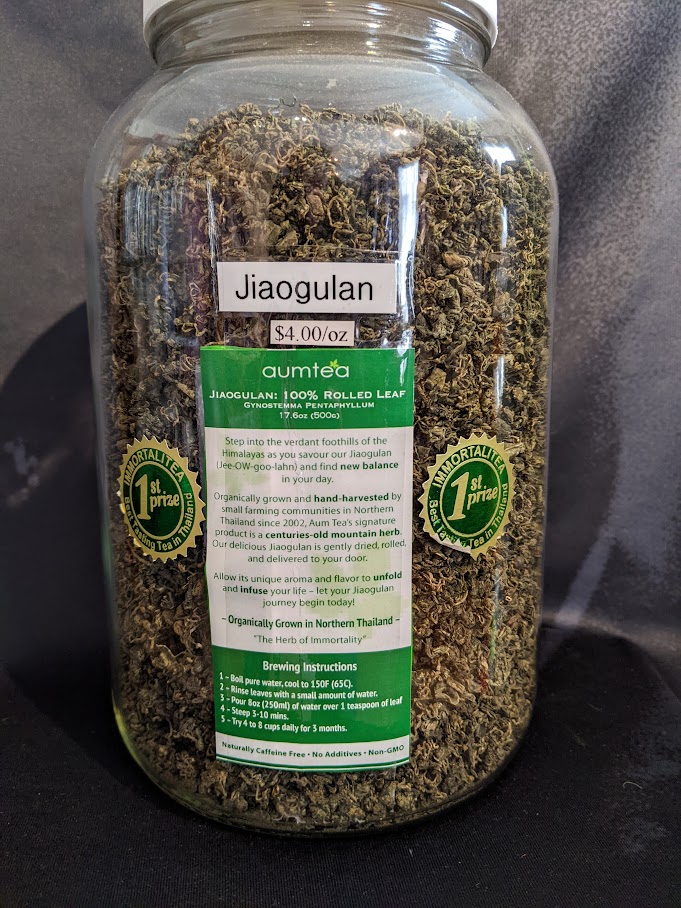Now that Spring has officially arrived, I wanted to share a bit about one of my passions: wildcrafting, also known as foraging, for wild foods and medicinal plants. This is a vast subject that can be overwhelming for beginners, so many people like to start with something familiar and easy, like wild ramps. A crucial point to emphasize: whenever you harvest anything from the wild, it’s absolutely essential to be 100% certain of the plant or mushroom’s identification before consuming it. In the photos below, you can see an example of ramps compared to False Hellebore, a plant that could be mistaken for ramps. Illness or even death can result from consuming the wrong plant or mushroom, usually due to carelessness and ignorance. I’ve heard numerous stories of foraging mishaps. One friend recounted an incident where someone mistook wild chanterelle mushrooms for Jack O’Lantern Mushrooms! They consumed the mushrooms and fell terribly ill later that night. Another tale involved someone harvesting what they thought were wild ramps, only to discover they had gathered False Hellebore and suffered illness as a result. Lastly, I heard a recent account of a chef who thought he was cooking with wild ramps but unknowingly used Lily of the Valley, landing him in the hospital with near heart failure! These stories are all too common each year, underscoring the critical need for extreme caution. “When in doubt, throw it out.”
If you’re unfamiliar, Wild Ramps are among the most delicious wild foods available. Scientifically known as Allium tricoccum, ramps belong to the same family as onions, garlic, and chives. They’re often found growing alongside sugar maple, beech, yellow birch, basswood, elm, and a helpful hint is to look for their companion plant Blue Cohosh (Caulophyllum thalictroides). If you find Blue Cohosh, ramps may be nearby! The pungent flavor of this family indicates their medicinal quality, which is why they’re highly regarded. The characteristic onion aroma is also one of the ways to be sure you have found ramps.
When it comes to Wild Ramps specifically, there’s much discussion about ethical and sustainable harvesting. Improper and excessive harvesting is leading to the decline of ramps, so it is important to educate people about sustainable practices. Many advocate for harvesting only the green leaves, and only from a few select plants. Others permit bulb harvesting but only from well-established colonies. The argument is that harvesting bulbs from overcrowded patches can actually promote species proliferation by giving them more space to grow. I think it is acceptable to harvest a small amount of bulbs so long as you are doing so with reverence for the plants and giving back.
My good friend and professional Wildcrafter Benjamin Webster is an advocate of taking the bulb and leaving the roots, allowing the plant more room and to continue to grow more bulbs. In large colonies, there will often be multiple bulbs growing off the same root structure. If you are harvesting methodically and intentionally, you can easily pop single bulbs from the root structure and leave the other bulbs and entire root structure intact and in the ground. In fact, while you are doing this, a good practice to get into is look around for left over ramp seeds that are still clinging to dried out stalks from the previous year. The seeds are small, round, blackish, and look almost like BB’s in appearance. These seeds should be planted in the ground as you are working.
When harvesting anything wild, it’s essential to take only a very small percentage of the total colony. Some suggest as high as 25%, but I advocate for a more conservative approach of less than 10%. So if you come across a patch of ramps with only three plants, leave them be and search for a larger, more established patch nearby. The patch I harvest from is extensive, and I’ve never taken anywhere near 10% of the plants in that area.
Another aspect of wild harvesting plants and mushrooms is that you want to be 100% CERTAIN of the identity of what you are harvesting and consuming. Ramps are often confused with other plants such as Lily-of-the-Valley, False Hellebore (see picture) that could land you in the hospital or worse.
You can cook with ramps in the same way you would use garlic, onions, chives, or shallots. One of my favorite things to do with ramps is to make Ramp Butter. I wash the ramps, put them into a food processor (or chop them by hand if a food processor isn’t available), mix them in a large bowl with butter (I prefer Cabot Salted Butter), and blend until thoroughly combined. Then, I pack the mixture into jars and freeze it. This way, you can enjoy the incredible flavor throughout the season and into the winter when you crave that ramp taste.
Lastly, one of the most important actions you can take is to give back to the plants by cultivating your own ramps. You can harvest seeds from the wild and plant them on your property or in suitable areas. You can also buy ramp seeds from suppliers like Jess at Earthbeat Seeds. Let’s all buy ramp seeds and plant them everywhere to help rebuild our stands of Wild Ramps!
Copyright © 2024 Rogue Herbalist |
Site by CannaPlanners















